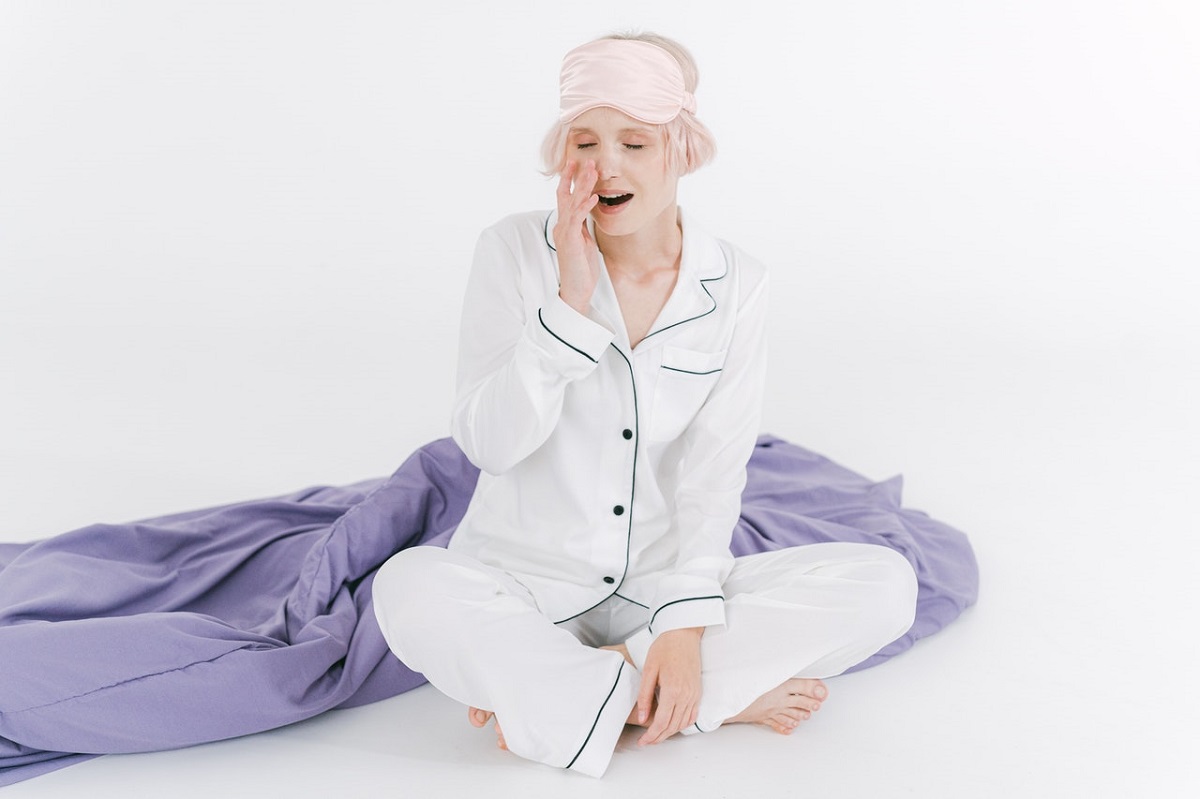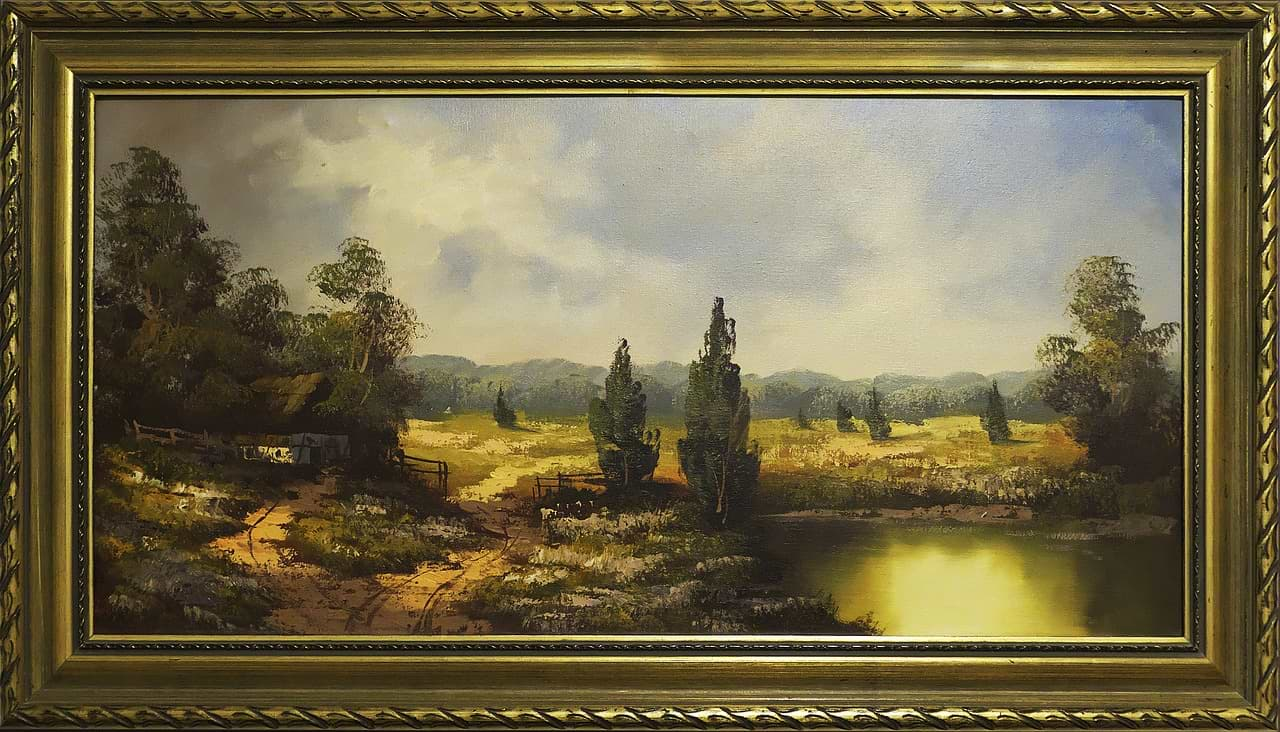Dressmaking is always fun. It’s also cheaper than regularly buying from expensive brands. But it takes time, practice, and a lot of patience to turn your sewing projects into high-quality creations.
Follow these steps to create fashionable garments that look and feel expensive.
Invest in the Right Tools
The first step to sewing professional-looking clothes is picking high-quality tools.
A sharp pair of scissors is a no-brainer. Use pinking shears for finishing your seams and snips for clipping threads. Your sewing scissors should only be used on fabric otherwise they’ll dull quickly.
Mark your fabric efficiently by using chalk in the form of a pencil or a small hand-held dispenser. Chalk brushes off easily and does not stain when pressed. If chalk isn’t available, you can also use a pen with ink that disappears with water or simply fades over time.
Use a sleeve board when pressing smaller areas like sleeves. A reliable iron is a no-brainer. It doesn’t have to be expensive either. As long as it features a range of temperatures and a steaming option then you’re all set.
Know your fabrics
A common mistake among young designers and seamstresses is using calico or quilting fabric for clothing. Calico is not intended for garments and can make your finished product look more homemade.
Instead, use fabrics that are more appropriate to your sewing project. Choose sateen, fine linen or cotton gauze for skirts and denim or corduroy for a nice pair of pants. For dresses, use chiffon or voile, while cotton lawn and silk are perfect for blouses. There are several fabric types out there. Knowing which one to use for each type of garment takes research and practice.
Choose the right inks

Ink can make or break your silk screen printing project. Various inks may perform differently when exposed to heat and multiple washes. At the same time, different fabrics require specific inks to ensure longevity or achieve certain design effects.
Plastisol ink is a common choice for screen printing due to its durability and versatility. It has the ability to create bright prints that can withstand multiple washes.
For soft, vintage touches use water-based ink to create a translucent effect. It also has lower opacity than plastisol. This means you only need minimal amounts of water-based ink for light fabrics.
Use discharge ink if you want to achieve long-lasting prints on light-colored clothes. However, you’ll have to avoid using it on shirts that are of turquoise, teal, cobalt blue, or purple colors. Otherwise, the ink and shirt color will bleed together.
Practice with a toile
Professional designers test their designs on a toile which is a prototype of your sewing project. A toile is usually made from cheaper fabric that looks similar to your final fabric. It can help you create necessary adjustments before using your fancier materials. This way, you can achieve a finished product with as little errors as possible.
Fashion is a great form of self-expression. But it can be hard to express your uniqueness when everyone’s buying from the same stores and following the same trends. When you make your own clothes, you get to stand out and make a statement.




